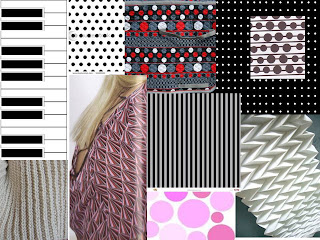Argentina between 1976 & 1983
The Dirty War was a period of state-sponsored violence in Argentina from 1976 until 1983. According to different sources, between 9,000 to 30,000 people were killed or "disappeared” in Argentina during this period under Videla's dictatorship. Videla’s military Junta operated with impunity and for the enforcement of their political will they relied on mass illegal arrests, torture, kidnapping and executions without trial to smother any political opposition.
Next to this horrific scene, a different type of revolution was taking place. This is the time when Astor Piazzolla became world renowned. He was an Argentine bandoneon player who revolutionized the traditional tango into a new style, nuevo tango. Though taking a political stance was not his style, he did have to fight his own battle. He was too attacked for breaking the old molds, but he defended himself, saying at times a word too many! These were the best years of his career.
Argentina made news again when they became World (Soccer) Champion in 1978 beating the Netherlands 3-1. It was Argentina’s first World Cup title. It is said that the stadium was located a mile away from a concentration camp, the notorious Naval Mechanics School (ESMA), where prisoners in the Dirty War allegedly could hear the roars of the crowd during the match “prompting echoes of Hitler's manipulation of sports during the 1936 Berlin Olympics.” Several times the Montoneros tried to disrupt the World Cup Soccer Tournament being hosted by launching a number of bomb attacks. Johan Cruyff (dutch player) boycotted the world cup finals on political grounds, and highlighted the plight of thousands of young men and women who were tortured and murdered under a fascist dictatorship.






(James Cliburn)
ReplyDeleteWowza, you guys really put a lot of research into this! I'm looking forward to see how you adapt these political ideas / stories into a dress form, and what sort of typography you use.
Also personally as an accordionist I'm interested in seeing how you employ that into the dress form.
I like the thoughts behind each concept, I'm especially interested in seeing how you would handle the tango dress just because tango already has a certain dress style and I think if you pushed the boundaries with material and experimentation with the silhouette, emphasizing different parts of the body that a typical tango dress doesn't highlight, basically making a new dress that still reads Tango, it'd be tricky to pull off but awesome if you do. The accordion motif that you've highlighted looks like a great place to start.
ReplyDelete-Lin Fung